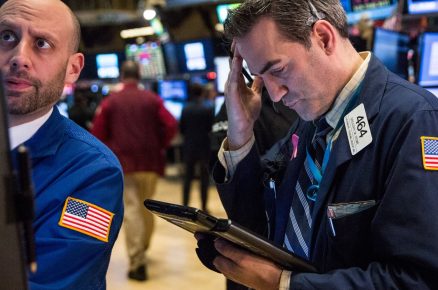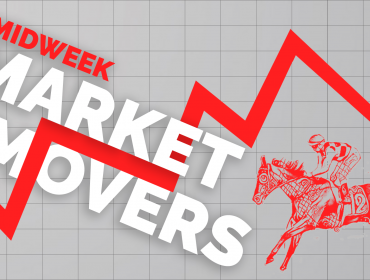Just how much weight should you put on the Presidential Election Year Cycle, which forecasts that the stock exchange will not produce above-average returns up until the 4th quarter of 2022?
Surprisingly couple of are asking this question. The start of a brand-new presidential term is typically the time when lots of financiers reacquaint themselves with the Cycle and ask whether they must follow it. This certainly held true four years back when Donald Trump took the workplace. However, I have been not able to discover much of any mention of it this time around.
The Cycle is based on the indisputable truth that incumbents wish to be re-elected. The ramification is that any economic medication that requires to be taken is swallowed earlier in the presidential term– in hopes that the economy will be soaring once the subsequent governmental election occurs. That indicates that the stock exchange will produce below-average efficiency in the very first half of a president’s term and above-average in the second.
This is mainly consistent with the historical record. Since the Dow Jones Industrial Average DJIA, -1.11% was created in the late 1800s, the U.S. stock exchange’s typical price-only return in the very first two years of the four-year presidential term is 5.6% annually, versus 9.3% in the 3rd- and fourth years. (Note that, following the lead of numerous past scientists, these computations concentrate on beginning Oct. 1. On this presumption, we currently are about halfway through President Joe Biden’s first year.)
The weight you place on this distinction in between the first and second halves of the Presidential Cycle depends upon just how much of a gambler you are. That’s because this seasonal pattern applies just a weak gravitational pull throughout any one president’s term. To wager in a smart way on that gravitational pull, you would require to do so regularly over a number of decades.
Just take the four years of Trump’s term. Contrary to the historical pattern, the very first half of his presidency was far and away better for the stock exchange than the 2nd. The Dow produced an average return of over 20% over the first two years of his term, versus an average of just 3.0% in the 3rd- and 4th years.
So by no method is the Cycle an assurance. Even if the future is like the past, the Cycle represents propensities that emerge only on average over many presidencies.
Slicing and dicing the data
Additional patterns emerge when we concentrate on private years rather than the first and second halves of the governmental term. As you can see from the chart, below, the best year by far of the four-year term is the third year, while the worst is the 2nd year. On the other hand, throughout the very first- and fourth years of the Cycle, there are statistically unimportant distinctions between the DJIA’s returns and the all-year average.
If the future resembles the past, the stock exchange will suffer during the 12-month period starting this Oct. 1, and after that publish an above-average efficiency start in the 4th quarter of 2022.
The likely source of this year-two weakness and year-three strength is the midterm elections, according to a scholastic research study authored by Kam Fong Chan, a senior speaker in financing at the University of Queensland in Australia, and Terry Marsh, an emeritus finance professor at the University of California, Berkeley, and CEO of Quantal International, a risk-management firm for institutional financiers.
Prior to the midterms, they argue, the stock market has a hard time due to the fact that of the substantial economic policy uncertainty brought on by not knowing whether political control of Congress will alter. When that uncertainty is solved, near the beginning of the Presidential Cycle’s 3rd year, the stock market usually gets better. The professors report that their theory is supported by historic patterns in the Economic Policy Unpredictability (EPU) index that was produced several years ago by three financing teachers: Scott Baker of Northwestern University, Nick Flower of Stanford University, and Steven Davis of the University of Chicago.
The bottom line? The Presidential Election Year Cycle is forecasting the U.S. stock market weak point in the 12-month duration that starts in just over 6 months’ time, followed by strength start in the fourth quarter of 2022.










